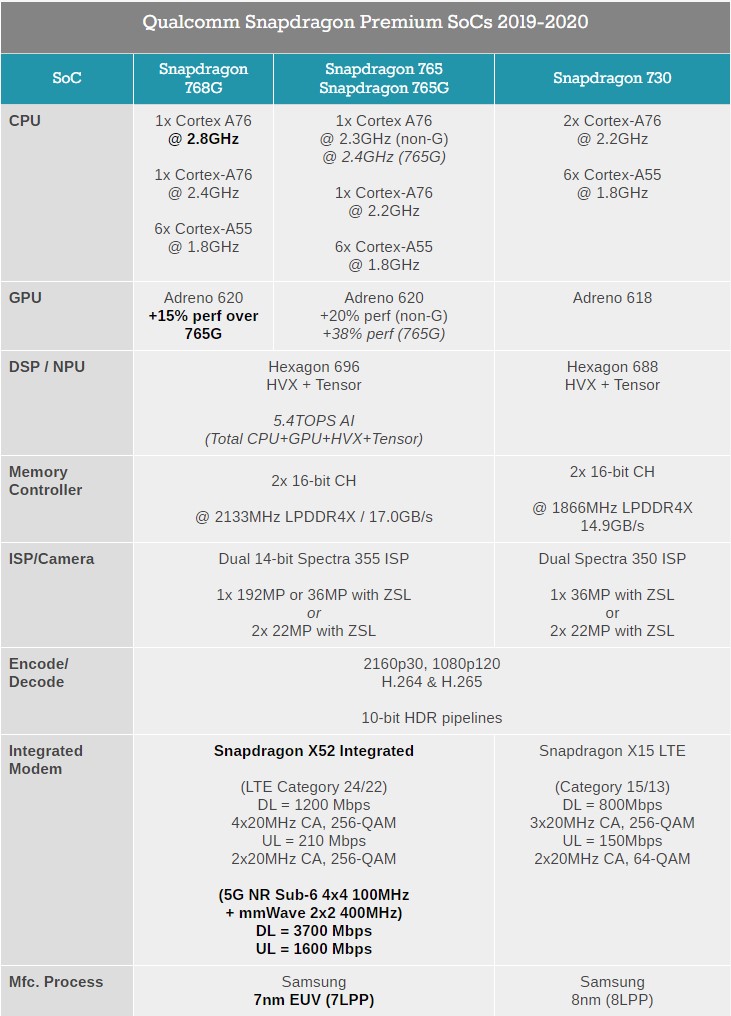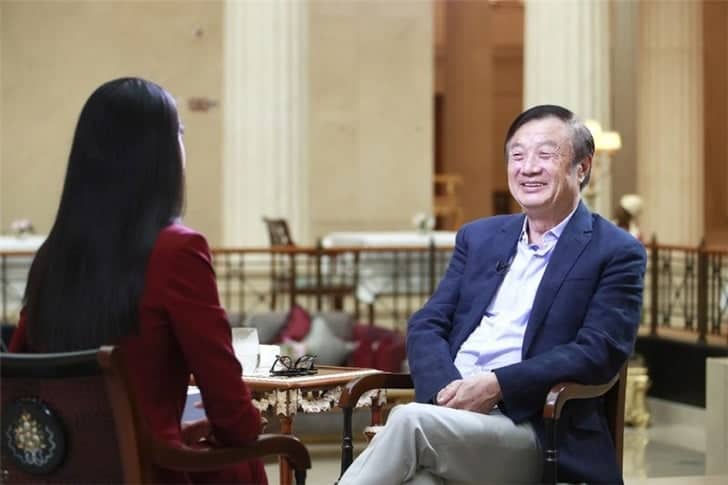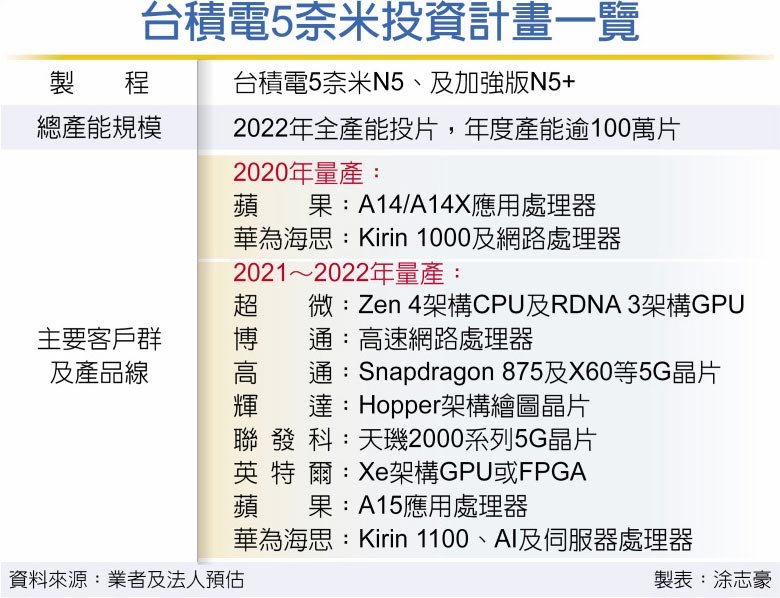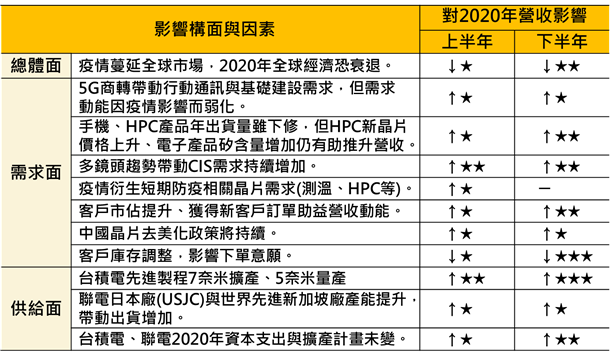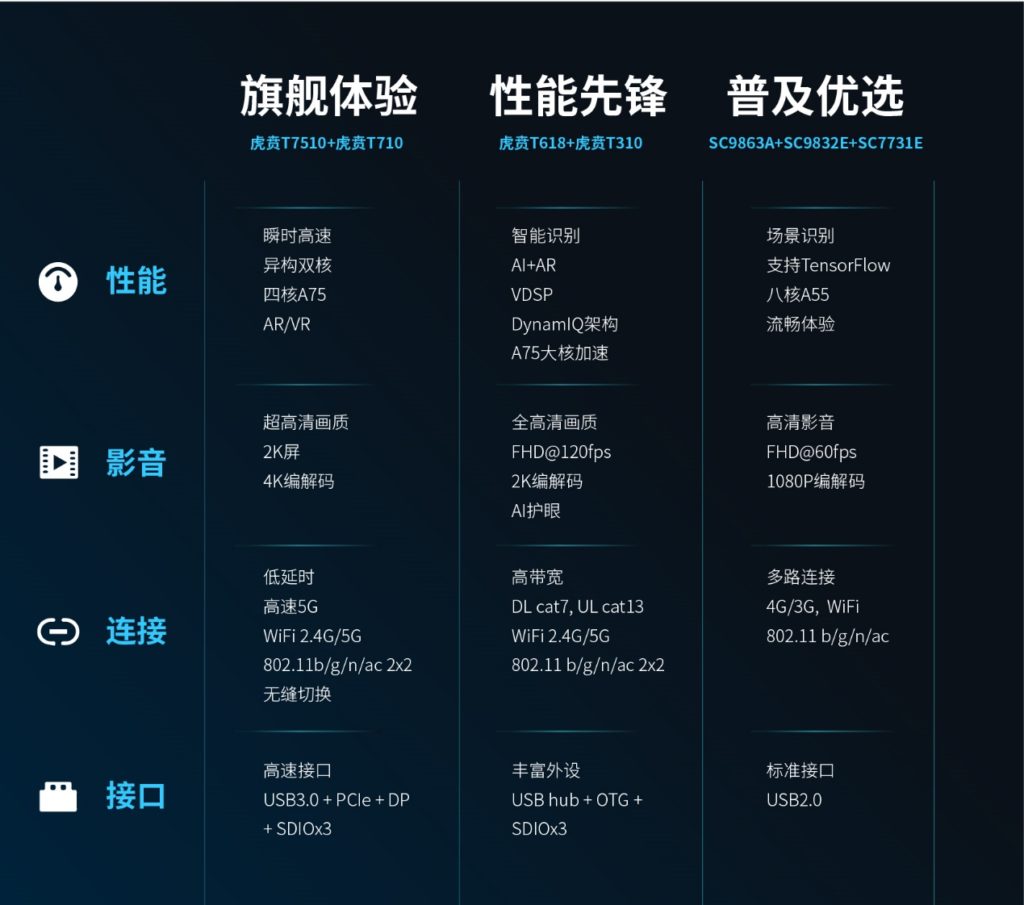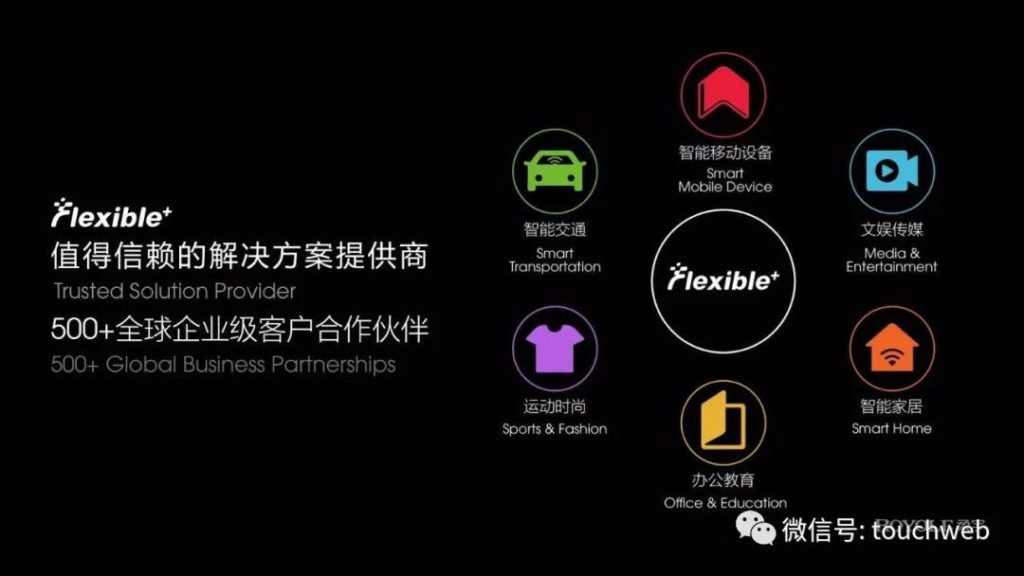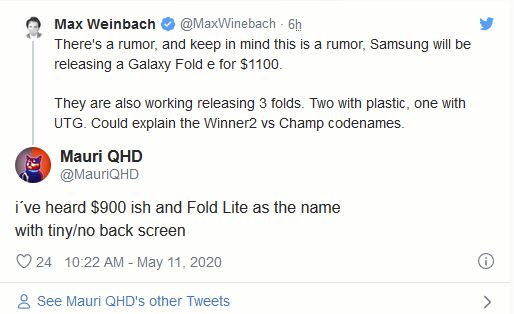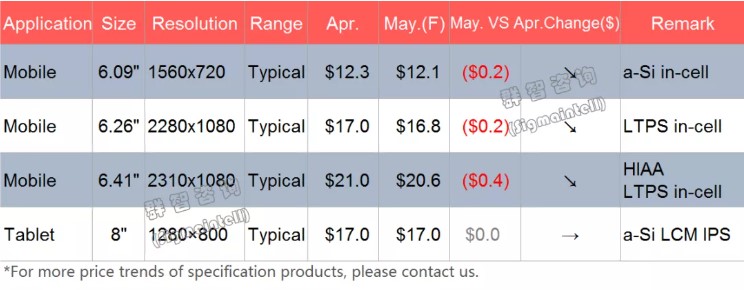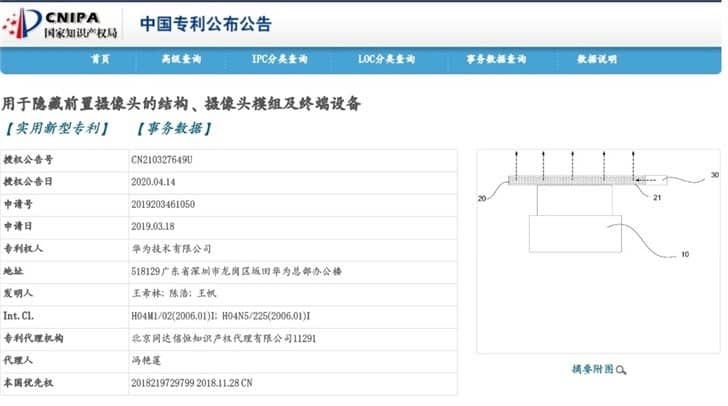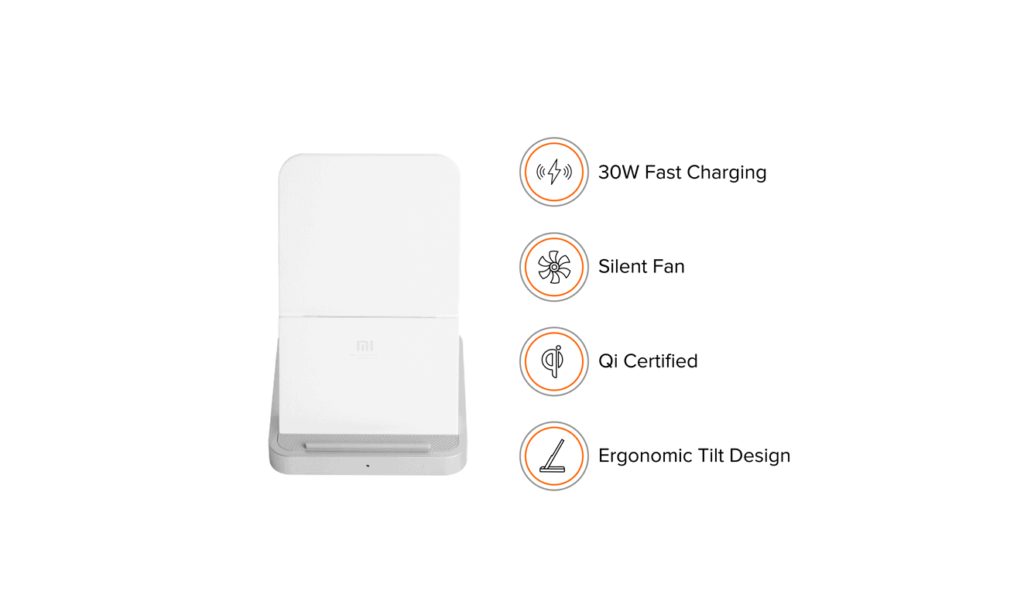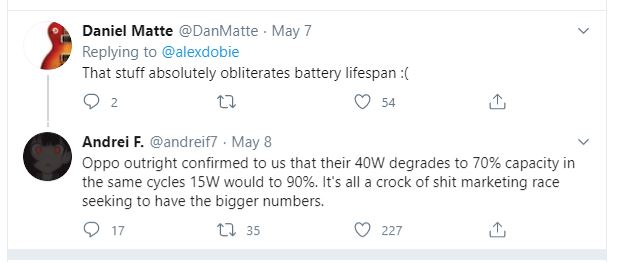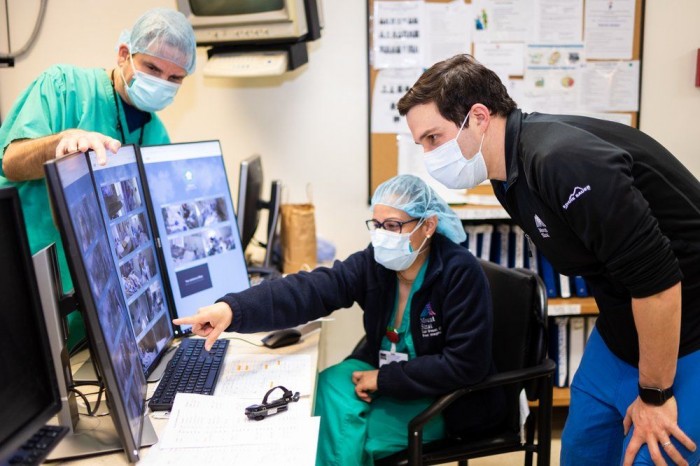
5-12 #WearMask: Qualcomm has announced Snapdragon 768G; Apple is potentially scaling up its local manufacturing efforts in the country; OPPO has confirmed that the 40W fast charging technology degrades a battery to 70% of its capacity; etc.
Chipsets
The administration of United States President Donald Trump is in talks with chipmakers, including Intel and Taiwan Semiconductor Manufacturing Co (TSMC), to build factories in the country in order to cut dependence on Asian plants. (The Verge, WSJ, HPC Wire, CN Beta)
Qualcomm has announced Snapdragon 768G, a direct successor to the Snapdragon 765G, featuring Cortex-A76 cores in a 1+1 configuration (one Prime high-clocked core, and one medium clocked core), alongside 6 Cortex-A55 cores. Qualcomm has also revealed that more than 375 5G devices have been announced or are in development with the company’s 5G mobile platforms. (The Verge, Neowin, AnandTech, Qualcomm)
Huawei’s founder Ren Zhengfei has once again talked about the US ban and Huawei’s supply chain. He believes that it is impossible for Huawei to completely remove the US chip from the supply chain. This is impossible because American companies must also survive. Regarding domestic chip manufacturers, he thinks that domestic chip manufacturers are currently capable of producing low-end chips, but not high-end chips. Any chip manufacturing company needs a process to grow. (My Drivers, Laoyaoba, WSJ, GizChina)
TSMC’s 5nm N5 and N5 + (enhanced version) will be put into full production in 2022, with an annual production capacity of over 1M units. On the customer’s side, at least Apple A14 / A14X, Huawei Kirin 1000 and network processors are expected to be in mass production in 2020. In 2021, Apple will follow up with A15, Huawei with Kirin 1100, AMD with its Zen 4 / RDNA3, Qualcomm with its Snapdragon 875 + X60 5G baseband, and MediaTek Dimensity 2000 will also join the customer rank. (CN Beta, CTEE, TechNews)
Digitimes Research has revised downward its Taiwan foundry output value forecast this year, as end-market demand is likely to disappoint due to the prolonged pandemic. The markets for handsets, consumer PCs and automotive electronics are set to experience a weak 3Q20, which will be dragging down the overall chip demand for 2H20. Digitimes Research now forecasts the combined revenues of Taiwan’s top-3 foundries in 2020 will represent a 14.4% increase compared to 2019. (Digitimes, press, Digitimes)
UNISOC is eyeing business opportunity in the tablet market sparked by the coronavirus pandemic, according to the company’s VP of consumer electronics business Lu Guixun. Targeting the tablet market, UNISOC has launched a series of processors including the T7510, T710, T618, T310, SC9863A, SC9832E and SC7731E, covering entry-level to high-end segments. (Digitimes, press, Sohu, Sina, OfWeek)
Touch Display
Royole Technology has completed a USD300M F round of financing in 4Q19 and is currently valued at USD6B. At the end of 2019, Royole is reportedly preparing for listing. (Laoyaoba, Sohu, Sina)
Apple is investing around USD334M in the factory, which is believed to be on a 30.83 hectare site owned by Hsinchu Science Park in northern Taiwan. The factory will be built in conjunction with Taiwan’s LED lighting manufacturer Epistar and flat panel maker AU Optronics (AUO). (Apple Insider, UDN, Focus Taiwan)
Samsung is allegedly planning on releasing 3 new foldable smartphones. The cheaper foldable smartphone will be called the Galaxy Fold e, priced at USD1,100. Additionally there might be a Fold Lite priced at about USD900. (CN Beta, TechRadar, Tom’s Guide, Gizmo China)
TCL CSOT’s Gen-6 LTPS t3 production line has accounted for 80% of the shipments of first tier phone vendors. In 2019, the market share of LTPS phone panels is the second largest in the world. Medium-sized vehicles, laptops and other products have successively carried out strategic cooperation with customers such as BYD and Lenovo. In terms of small and medium-sized businesses, Wuhan’s t3 is the world’s largest LTPS plant with the largest monomer production capacity, and the market share of the 1Q20 LTPS smartphone panel is the top 3 in the world. (Laoyaoba, Sohu)
Due to the the global epidemic, mainland China has adopted the strictest strategy of closing the city since Feb 2020, and then the overseas epidemic also began to explode in Mar. The global smartphone industry is hit hard. Against the background of the unclear overseas epidemic situation, device demand is sluggish, and panel orders are repaired. Sigmaintell predicts that the overall smartphone panel prices will decline in May 2020 due to the overall sluggish demand. (Sigmaintell, Laoyaoba)
Egis Technology (EgisTec) and FocalTech System have announced an alliance to develop next-generation fingerprint, touch, display driver integrated (FTDDI) chips. FocalTech is currently the world’s second largest provider of TDDI chips, trailing after Novatek Microelectronics but ahead of other rivals including Ilitek (a subsidiary of MediaTek), Himax Technologies and Parade Technologies. EgisTec currently ranks second in the world’s optical in-display fingerprint sensor chips with its clients including Samsung, vivo and Huawei. (Digitimes, press, Yahoo, Digitimes)
Camera
Huawei’s patent titled “Structure, Camera Module and Terminal Equipment for Hidden Front Camera” states that the utility model provides a structure for hiding a front camera, a camera module, and a terminal device. The structure includes a light guide plate that is located between the front camera and the cover glass. There is also the projection of the light guide. It covers the projection of the notch in the direction perpendicular to the display screen. (GizChina, CN Beta)
Battery
Xiaomi has announced a new wireless charging stand, the Mi 30W wireless charger, equipped with a cooling fan. This charger adopts the new air duct design, which is supposed to remove the heat from the charger without passing through the coil. It would be priced at INR1,999 in India. (Android Headlines, Mi.com)
OPPO has confirmed that the 40W fast charging technology degrades a battery to 70% of its capacity in the same cycles 15W charging would to 90%. (GizChina, Phone Arena, Twitter)
Phone
Senior executives at Apple have allegedly been speaking with high-level government officials in India over the last few months. The talks centered around Apple potentially scaling up its local manufacturing efforts in the country, with a possible goal of shifting roughly a fifth of its existing China manufacturing to India. Officials speaking to the report propose this could equate to USD40B in local manufacturing revenues over the next 5 years, mostly for exports through its contract manufacturers Wistron and Foxconn. (Apple Insider, Economic Times, Sina)
Huawei’s founder Ren Zhengfei has revealed that the company has restored more than 90% of its production capacity. More interestingly, the company has been doing 6G synchronization. (GizChina, IT Home, Sohu)
realme Narzo 10 and Narzo 10A are official in India, featuring 6.5” 720×1600 HD+ IPS u-notch: Narzo 10 – MediaTek Helio G80, rear quad 48MP-8MP ultrawide-2MP macro-2MP mono + front 16MP, 4+128GB, Android 10.0, rear fingerprint scanner, 5000mAh 18W, INR11,999 (USD160). Narzo 10A – MediaTek Helio G70, rear tri 12MP-2MP macro-2MP depth + front 5MP, 3+32GB, Android 10.0, rear fingerprint scanner, 5000mAh 10W, INR8,499 (USD115). (GSM Arena, Android Central, GizChina)
Home
Google has teamed up with Mount Sinai Hospital in New York to develop a system that uses Nest cameras to help monitor coronavirus patients. The more than 100 hospital rooms will be fitted with two Nest cameras. One camera will be used to communicate with the patients, while the other will monitor their vitals. The video from the Nest cameras will then be livestreamed directly to a console at the Mount Sinai nurse station in an effort to help health care workers save time and personal protective equipment, or PPE. (CN Beta, Google, 9to5Google, CNET)
